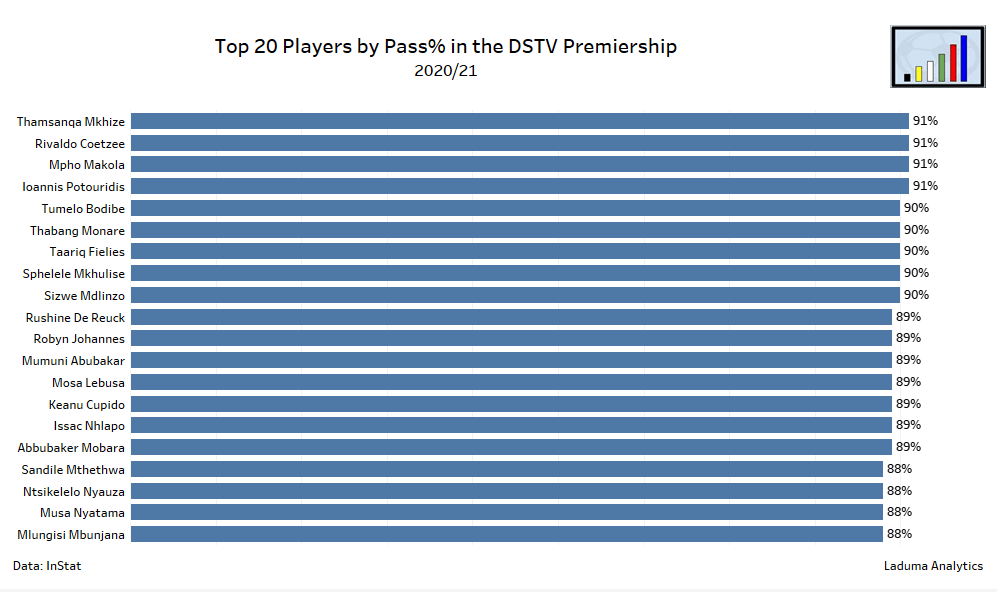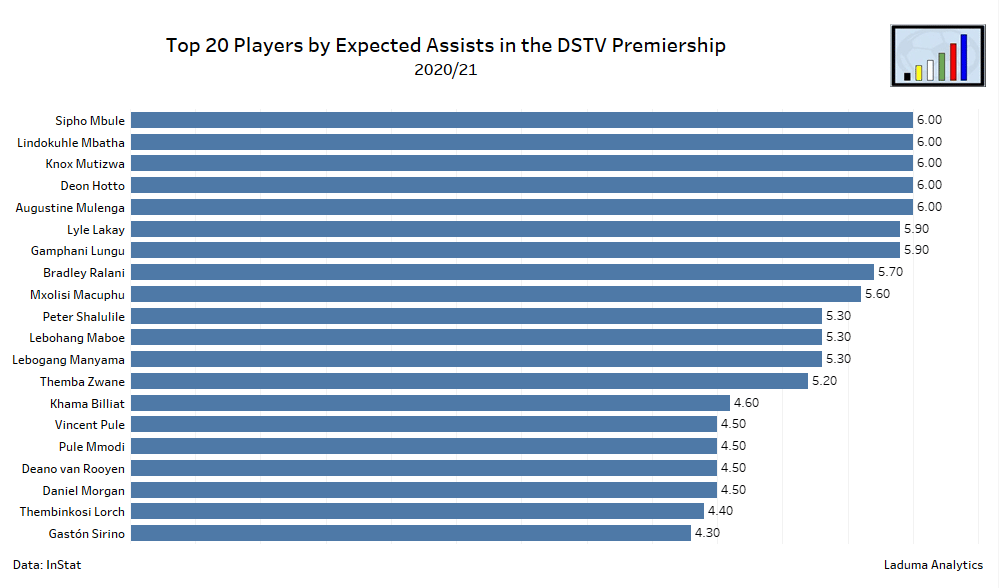
Football or soccer is an invasion game. Among other sports, basketball, rugby and hockey fit the exact same forms. The concept being that teams bring the ball forward to invade the space of the opposition half and the penalty area to create scoring opportunities. This sort of game involves multiple tactical problems such as maintaining possession, distributing the ball accurately among teammates and also winning the ball when the team is out of possession. In order to create attacking actions, the ball has to be brought forward but can also be distributed side-ways and backwards to create overloads and switches. These distributions are made via actions known as ‘Passes’. The following are just a few types of passes that can occur in an invasion game such as football.
- A pass between a near or far team-mate.
- A pass into the opposition half which stretches the defence.
- A cross-field pass which switches the attacker
- A pass backwards to a teammate to create ‘switches of play
Pass Percentage
If we try and find the best passers with data, pass percentage or pass% has traditionally been the formula to use. It’s the simplest form of accuracy (formula below) where you look at the number of passes completed out of the total attempted by a player or team.
No. of Passes 100
————————- X ———
No. of Accurate Passes 1
Filtering for players who have played at least 500 minutes of league football, gives us the following list of the Top 20 players in the 2020/21 DSTV Premiership. These players have been ordered to highest to lowest by pass% (regardless of position).

The major problem with this formula is that it is highly biased towards defenders over more attacking based players. You just need to look at the list above of all the defenders versus players in other positions (Thamsanqa Mkhize, Ioannis Potouridis, Tumelo Bodibe, Taariq Fielies, Rushine De Reuck, Robyn Johannes, Mosa Lebusa, Keanu Cupido, Issac Nhlapo, Abbubaker Mobara, Sandile Mthethwa, Ntsikelelo Nyauza).
In addition, teams which have the most possession such as Cape Town City FC and Mamelodi Sundowns are also likely to skew the fairness away from correctly evaluating the ‘best passers’. We are trying to find quality rather than quantity.
Expected Assists (xA)
The goal of passing is to move the ball forward into areas that open up defences and lead to goal-scoring opportunities. Whilst a measure such as pass% will give you the accuracy that a player completes his passes by, it rather lacks the ability to incorporate the quality of a pass. These may just be passes around the back which bring no threat to the opposition (at least immediately). The problem with looking at assists to find the ‘best passers’, is that traditionally, the number of total assists a player has does not accurately reflect the whole story nor the true value of a player’s passing ability. Assists majorly depend on the finishing product of a team-mate, something the assist-maker can do nothing about.
As we are trying to determine the ‘best passers’ in the league, expected assists (xA) can be a good proxy for this. Measurements such as xA are trying to help analysts, coaches and fans to attempt to quantify the qualitative aspects of professional football. Something that has not happened much before in the past. xA measures the likelihood that any given pass will become a goal assist. The statistical model considers various factors in the process including the type of pass, the end position of the pass and the length of the pass (amongst other factors). The usefulness in using xA is that it helps in quantifying from a numerical standpoint how ‘creative’ a player is. Below is the list of player’s with the best xA values for the 2020/21 DSTV Premiership season. Minimum 500 minutes played.

This chart shows the number of assists that the above player’s would have accumulated based on the chances he provided to team-mates so far this season. Some player’s would be near to their actual assist figure whilst others would be higher or lower depending on the finishing of their colleagues. For example, Peter Shalulile & Augustine Mulenga are near their actual assist figures of 6 and 7 respectively, giving us the impression their delivery chances were of a high quality (on average) and their team-mates did not struggle to put away the chances. On the other hand, the likes of Deon Hotto and Knox Mutizwa have both a higher xA figure than their actual assists and may have been let down by their team-mates when it came to finishing.
The concept raises a few interesting questions. From a recruitment perspective, how does my club play? Do we rely on player’s to assist our frontmen and if so, how can I ensure this analysis is of benefit to me? If a player keeps scoring high xA numbers but his actual assist output is lower, then he does something on the field of play that we as analysts, coaches and fans may or may not be aware of. Do the passes come from deep, from wide, from the half-spaces between the opposition? Are they directed into the penalty area, who is the targeted recipient? All these factors are valid questions to consider when building a strategy of attacking philosophy but the key factor is, this player is doing something unique. Most importantly, clubs now have a way of measuring but also identifying potential ‘gems’ in a league.
Last but not least, expected assist is not the final answer. It’s part of a series of questions, we continually have to ask of the data and along with context make the best educated opinions we can. For example, the next step would be to examine and build more refined ‘possession models’ which take in more data points. This would allow analysts and coaches to find player’s who have more defining strengths such as 1) the ability to make passes under pressure or 2) make line-breaking passes. The end is in sight but it will never be the end of any evaluation.

























